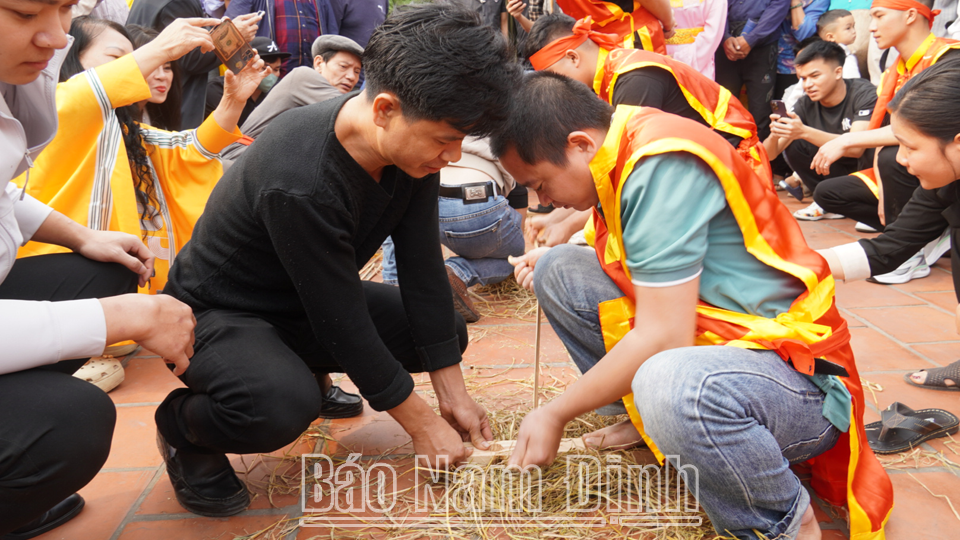 |
| Performing the fire-pulling ceremony to open the festival at the traditional festival of Ninh Xa temple. |
Ninh Xa Temple worships Luong Binh Vuong and An Nhu Vuong. According to legend, these were the sons of King Hung who came to govern Dai An land, helping Ninh Xa people reclaim land, grow rice, grow mulberry, raise silkworms, and weave cloth. During the Ly Dynasty, this place also worshiped Lao La Dai Than Ninh Huu Hung, who was talented in carving and carving wood. Ninh Huu Hung was from Chi Phong village, Truong Yen, Hoa Lu ( Ninh Binh ). He was once assigned by King Dinh Tien Hoang as Cong Tuong Luc Phu Giam Sat Dai Tuong Quan (General in charge of carpentry of six prefectures). During the Tien Le Dynasty, he continued to be highly regarded in overseeing the construction of many large projects, including the Hoa Lu Capital.
According to historical records, once when he accompanied King Le Dai Hanh to plow the fields, on the way back across the Sat River, the king let the dragon boat dock to visit the temple of Luong Binh Vuong and An Nhu Vuong. Seeing the temple in ruins, Ninh Huu Hung asked the king to let him stay and repair the temple and Phuc Le pagoda (Ninh Xa pagoda). In addition, seeing that the land here was fertile and the population was sparse, he brought his relatives from Ninh Binh here to reclaim and expand the farm, teach people carpentry and carving to make a living; encourage farming and develop local handicrafts. Later, the people who came here to live all changed their surname to Ninh, so this land was named Ninh Xa (village of the Ninh people). Next to the temple is the shrine of Princess Dai Lan (a general of the Trung Sisters). To this day, the Ninh Xa temple and shrine still preserve 28 royal decrees and many valuable worship objects. In 1991, Ninh Xa temple was ranked as a "National historical and cultural relic" by the Ministry of Culture, Sports and Tourism .
Currently, the carpentry profession in Ninh Xa continues to develop strongly. The craft village has nearly 600 households, most of whom practice traditional carpentry with products such as statues and various types of worship objects and wooden decorations such as thrones, chairs, palanquins, incense tables, bowls, votive doors, scrolls, royal concubines, parallel sentences, cabinets, etc. Many ancient architectural works still bear the mark of the talented hands of the craftsmen of the craft village with elaborate carvings, vivid themes such as dragons playing, dragons facing the moon, dragon nests, mother dragons teaching their children, fairies riding dragons, etc., ensuring durability and aesthetics with sophisticated and detailed processing techniques, becoming a famous brand of Ninh Xa people. Many people are skilled, skillfully combining tradition and creativity in the process of carving, mother-of-pearl inlaying, adding sophisticated details, so they are known by many domestic and foreign customers. The traditional profession passed down through many generations has brought a stable and prosperous life to the people, contributing to building the Ninh Xa countryside rich, prosperous and famous far and wide.
To express gratitude to those who have contributed to building the village and defending the country, every year, at the beginning of spring, Ninh Xa people organize a festival. Ninh Xa Temple Festival is divided into two periods: January 6th and from the 5th to the 7th of the third lunar month. January 6th is the anniversary of the founder of the craft setting foot on this land, so the festival is held as an opportunity for children and grandchildren of near and far families and workers working far away to return to their hometown to visit their ancestors. The festival has a palanquin procession and especially a "hien xao" ceremony (offering skillful items). Villagers with beautiful products can display them next to the altar or in the yard. After the festival in early January, from the 5th to the 7th of the third lunar month is the main festival of the year, usually held once every 3 years. The most unique feature of the festival is the "Fire pulling to open the festival" ritual held on the main festival day, March 6th of the lunar calendar.
To perform the "Fire-pulling ceremony", the villagers participating prepared items including dry and easy-to-burn bamboo sticks, 3 pieces of dry xoan wood to pull the fire and dry straw to easily catch fire. The people chosen to participate in the fire-pulling were the strong, skillful and agile young men in the village. From early morning on the 6th, everyone gathered in the temple yard. After the ceremony to review the tradition, the young men took their positions to prepare to pull the fire. This custom was recreated according to the "wood creates fire" rule that the founder of the profession, Ninh Huu Hung, used to create fire. When the fire flared up, the person who started the fire had to quickly use the straw to make fire. An elder in the village would use that fire to light incense for the whole village to perform the incense offering ceremony. The incense bowl will then be transferred to the palanquin to be carried to Le Pagoda, with the meaning of sincerely remembering the fire-making initiative of the ancestor Ninh Huu Hung, who in ancient times helped King Dinh and King Le raise troops to fight the enemy, suppress rebellions, and build the homeland. People follow the palanquin procession, trumpets and drums bustling, the atmosphere is great throughout the region. Along with the custom of lighting fire to offer incense to open the festival, the festival also has a ceremony, palanquin procession, art programs (Cheo singing, Quan Ho singing...), folk games, volleyball and soccer competitions... attracting a large number of people to participate, enjoy and cheer enthusiastically. These days, descendants near and far and people in the village temporarily stop working and producing, focusing on the work of the hamlet and village.
For every Ninh Xa resident, the traditional festival of Ninh Xa Temple is an opportunity to express the morality of "remembering the source of water", showing gratitude to the ancestors and those who have contributed to "opening up the land", and at the same time participating in unique cultural exchange activities, creating an exciting and enthusiastic spirit to continue working, creating, preserving and developing the traditional profession of the homeland.
Article and photos: Dieu Linh
Source: https://baonamdinh.vn/van-hoa-nghe-thuat/202504/doc-dao-le-hoi-den-phuninh-xa-34b6d05/


![[Photo] National Assembly Chairman Tran Thanh Man meets with Thai Prime Minister Paetongtarn Shinawatra](https://vphoto.vietnam.vn/thumb/1200x675/vietnam/resource/IMAGE/2025/5/15/e71160b1572a457395f2816d84a18b45)


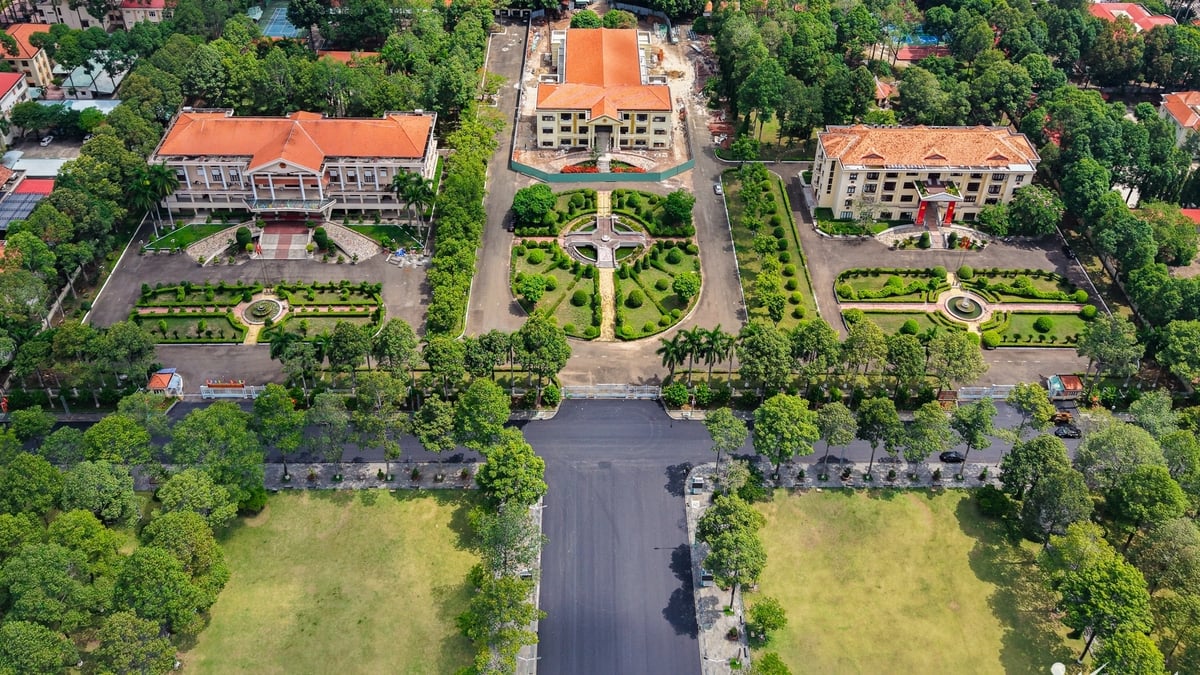
![[Photo] Prime Ministers of Vietnam and Thailand visit the Exhibition of traditional handicraft products](https://vphoto.vietnam.vn/thumb/1200x675/vietnam/resource/IMAGE/2025/5/15/6cfcd1c23b3e4a238b7fcf93c91a65dd)

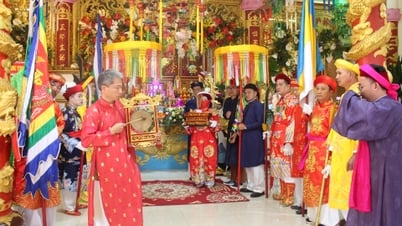




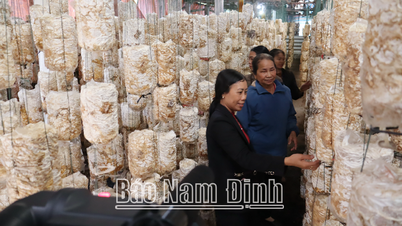
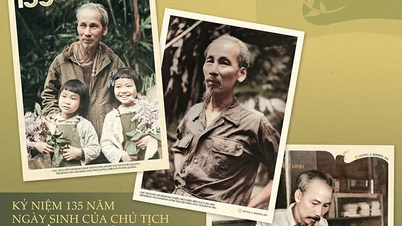





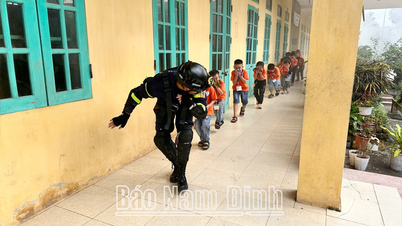
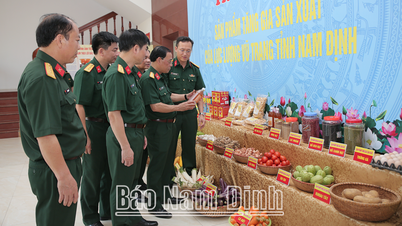

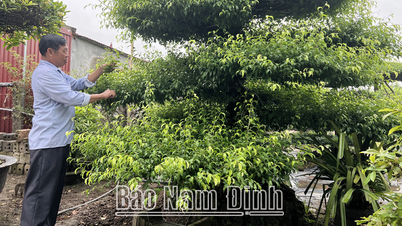
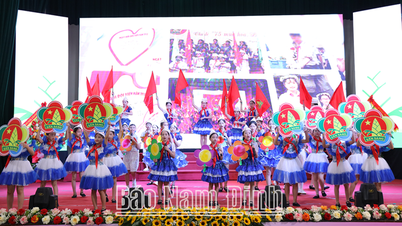

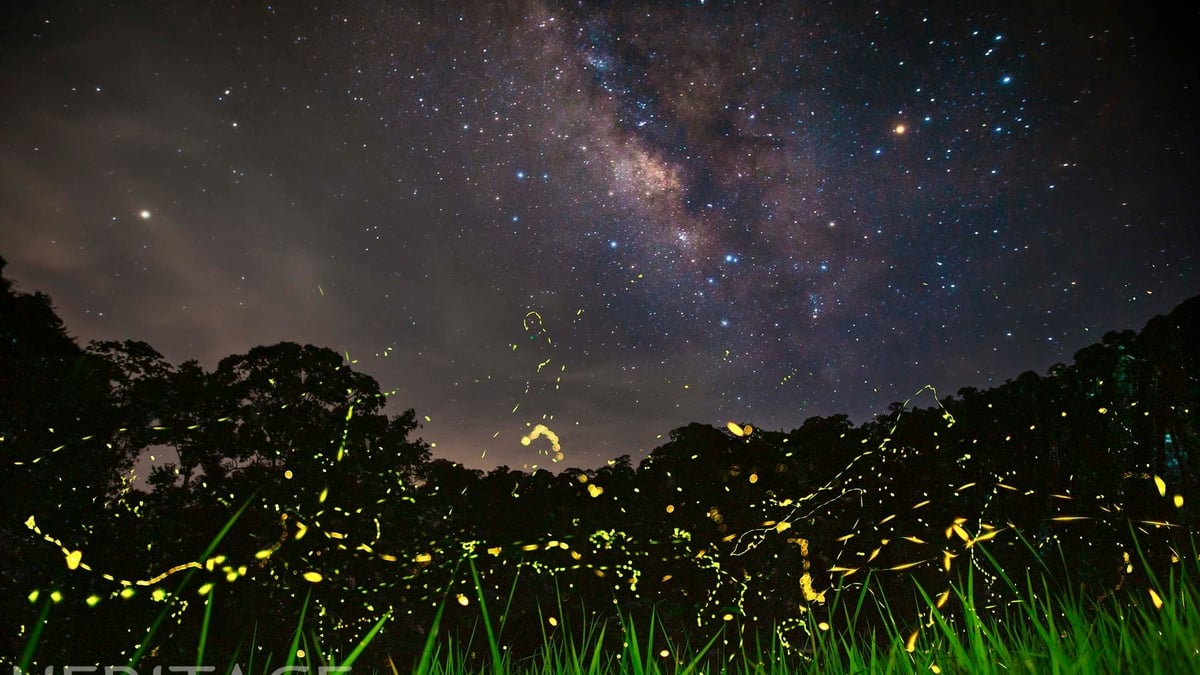
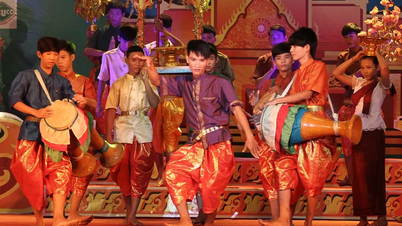

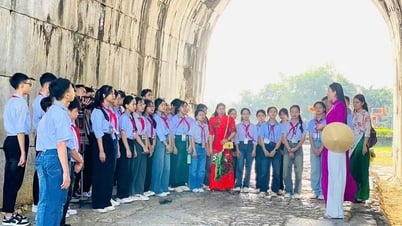

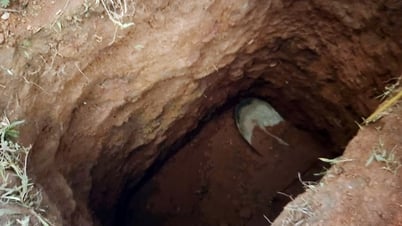


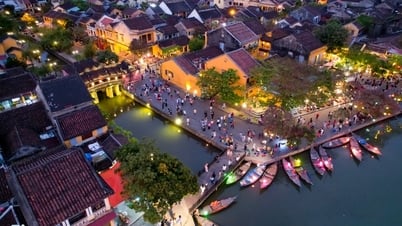

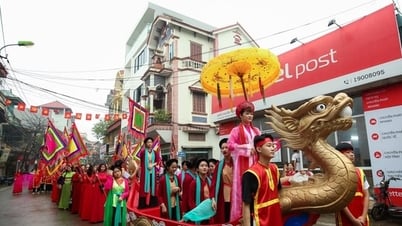





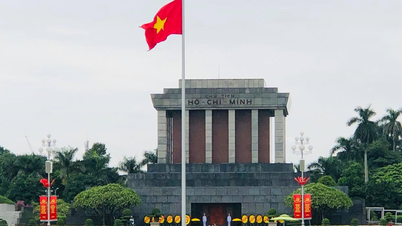

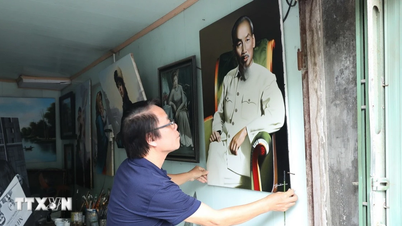

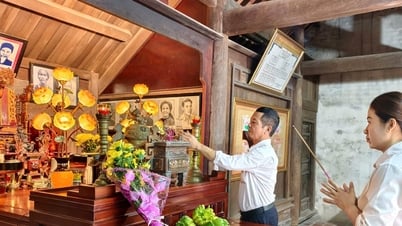

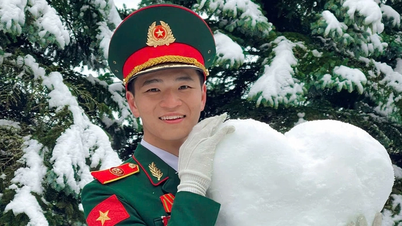















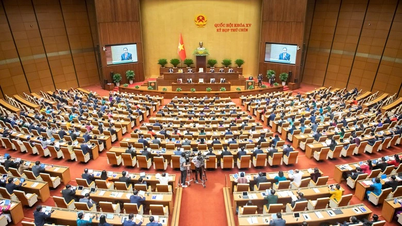

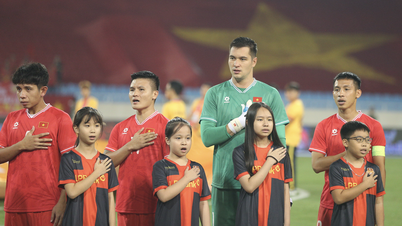
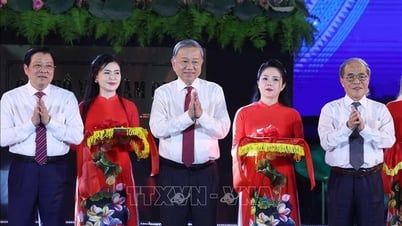



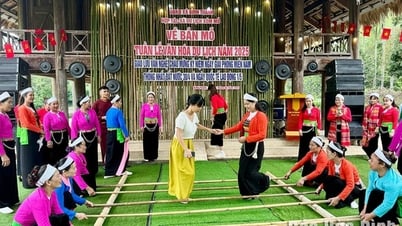
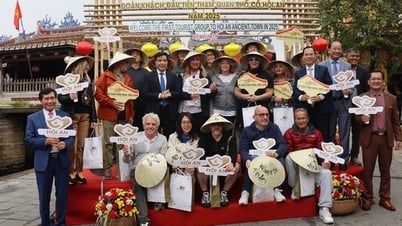

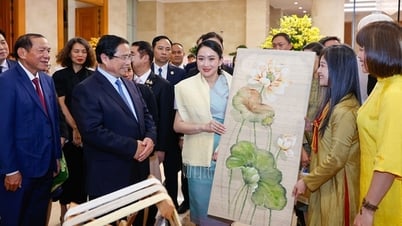

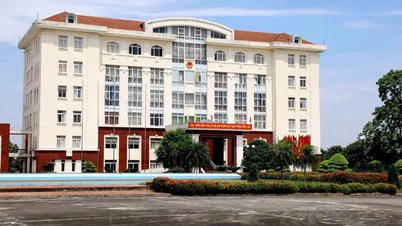
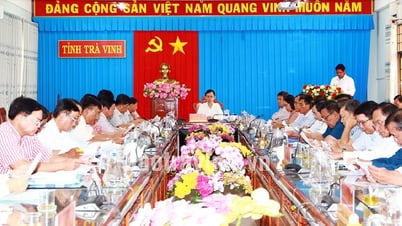










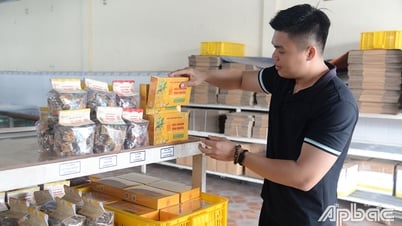

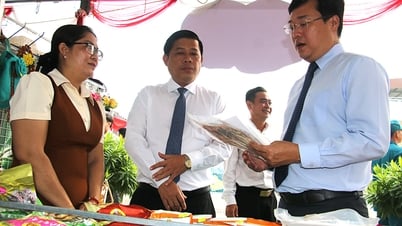
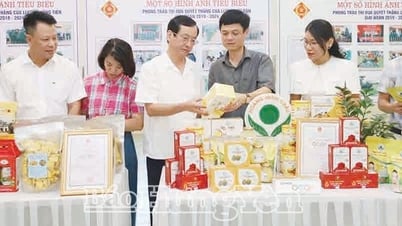

Comment (0)